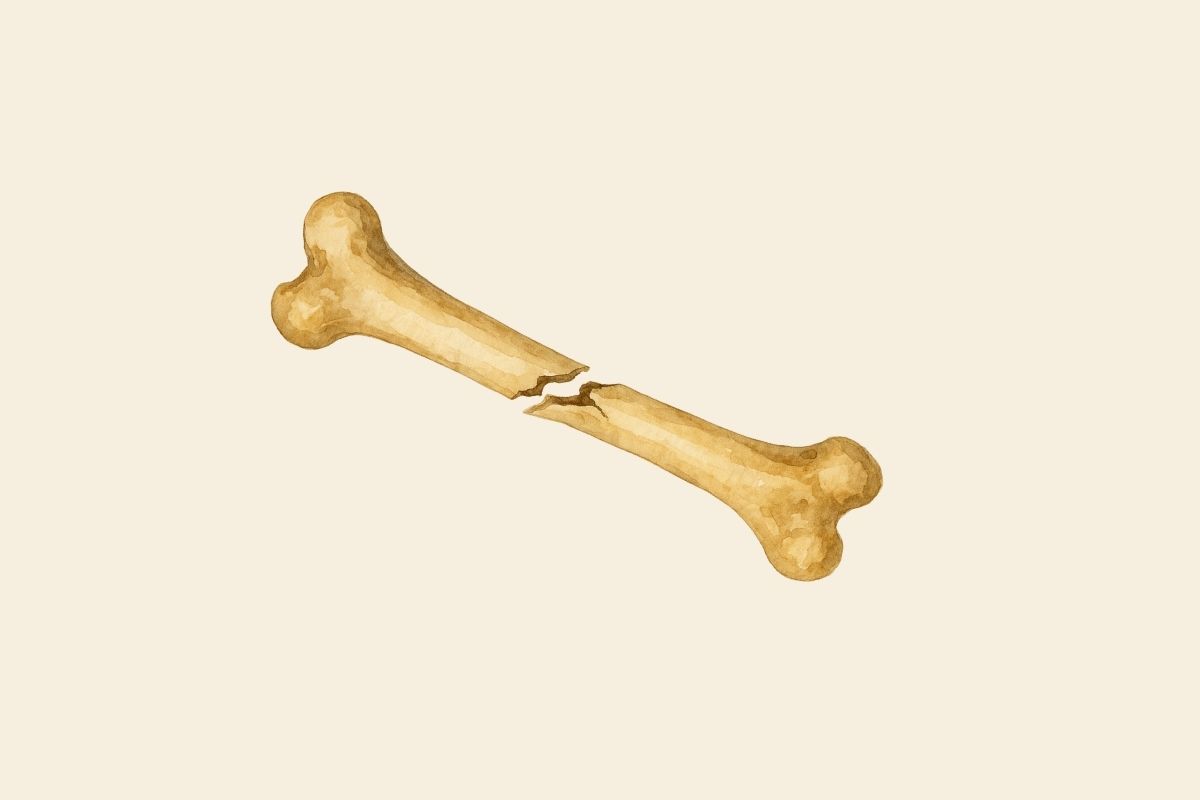Osteogenesis Imperfecta
Osteogenesis imperfecta (OI), commonly known “brittle bone disease”, is an inherited connective tissue (collagen metabolism) disorder that causes bones to be more fragile than normal. Frequent fractures, skeletal deformities, dental problems (dentinogenesis imperfecta), hearing loss and short stature are common in this disease.
In the mild form, children are followed only with fractures, whereas severe forms present with significant skeletal problems from birth.
Diagnosis is based on clinical history, radiologic imaging and genetic testing.
The treatment approach is multifaceted:
- Medical therapy (bisphosphonates, etc.)
- Physical therapy and muscle strengthening exercises
- Orthopedic surgeries: Internal fixation with elongating telescopic nails, correction of bone deformities.
The aim of surgical planning is to protect the child from fractures, correct deformities and increase independent mobility.
Early diagnosis and lifelong follow-up are the most important factors determining the quality of life in this rare disease.
